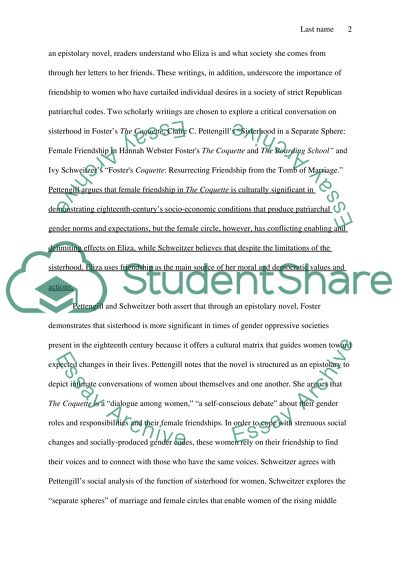Cite this document
(“Research Paper on two critics opinions over one literary work”, n.d.)
Retrieved from https://studentshare.org/literature/1495097-research-paper-on-two-critics-opinions-over-one
Retrieved from https://studentshare.org/literature/1495097-research-paper-on-two-critics-opinions-over-one
(Research Paper on Two Critics Opinions over One Literary Work)
https://studentshare.org/literature/1495097-research-paper-on-two-critics-opinions-over-one.
https://studentshare.org/literature/1495097-research-paper-on-two-critics-opinions-over-one.
“Research Paper on Two Critics Opinions over One Literary Work”, n.d. https://studentshare.org/literature/1495097-research-paper-on-two-critics-opinions-over-one.


